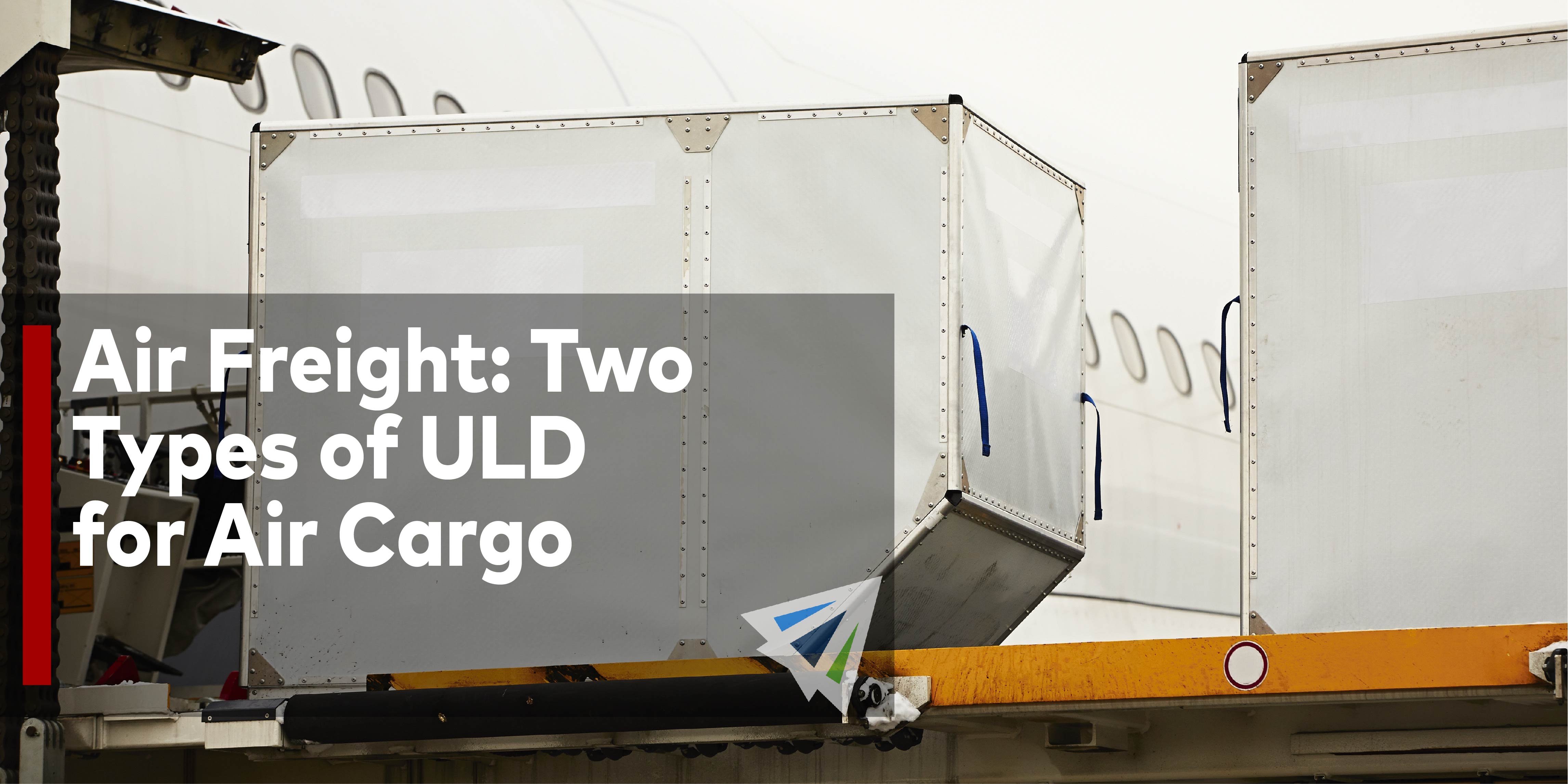Most of the international shipping debate between ocean cargo and air cargo revolves around three primary factors – cost, risk, and speed. And in the case of the latter two, air freight always wins. Of course, that comes at a price, but for businesses who are shipping small parcel or LCL on a frequent basis and need international cargo to move quickly and safely, air freight is usually the right answer.
However, while most shippers understand containerization for international ocean shipping, few fully understand how cargo is loaded on an aircraft. Air shipping almost seems to be some “dark art” that few truly understand. So, as a freight forwarder that consistently ships air freight all over the world, we want to enlighten you on a few of the practices involved in shipping – primarily through offering information on the two types of loading devices used for air freight!
Two Types of ULD for Air Cargo
If you haven’t read our prior post on ULD’s, that’s a great place to start, but we’ll describe it as best as we can here. A ULD stands for Unit Load Device, which is the “device” cargo is placed on/in before being set in an airplane for transport. We use the term “device” rather than “container”, because unlike ocean shipping, not all cargo is containerized in air shipments.
The two types of ULDs used in air freight are:
ULD Containers
ULD containers are, simply put, a containerized way to ship air cargo. Unlike standard international ocean cargo containers, ULD containers have specific (and somewhat odd) dimensions that are intended to make them fit in a standard airplane.
If you lookup any images of ULD containers, you’ll immediately notice the strange angled sides. The shapes of these containers is intended to maximize the allotted space in the bottom on an airplane – especially for passenger aircrafts (which can be used by TSA Known Shippers). Obviously, this means certain restrictions are in place regarding cargo dimensions.
Generally speaking, air cargo works better with smaller shipments than ocean cargo, but if you frequently ship via LCL methods, you may be surprised how much can actually fit into a ULD container.
ULD containers are almost always owned and controlled by air carriers. In other words, you wouldn’t ever order or rent a ULD container to be shipped to your warehouse. You simply ship your cargo to the air carrier and they consolidate it on site at the port in the appropriate ULD.
ULD Pallets
ULD pallets are the other form of Unit Load Devices used for air cargo. However, ULD pallets are different than regular wooden warehouse shipping pallets. Airplanes have specific requirements for cargo to be loaded on and off – it’s not as simple as picking up an old wooden pallet with a forklift and rolling it onto an ocean vessel.
ULD pallets are especially durable, often being made from metal. The airlines are incredibly careful about blocking and bracing the cargo to the pallet as well. Cargo is heavily wrapped and then strapped to the pallet itself by a heavy duty net, securing it from any sideways or forward-backward movement during transit.
In Summary
Air shipping is a great solution for companies who need to ship their cargo on tight deadlines, or simply need the additional flexibility of changing plans with only a couple weeks’ notice. If you feel confused at all about air freight processes, have questions about it, or are wondering whether or not it’s right for your business, please don’t hesitate to call us with any and all questions! Our team is very experienced with air freight and would love to connect with you, answer your questions, and leave you with all the information you need to make the right call.
